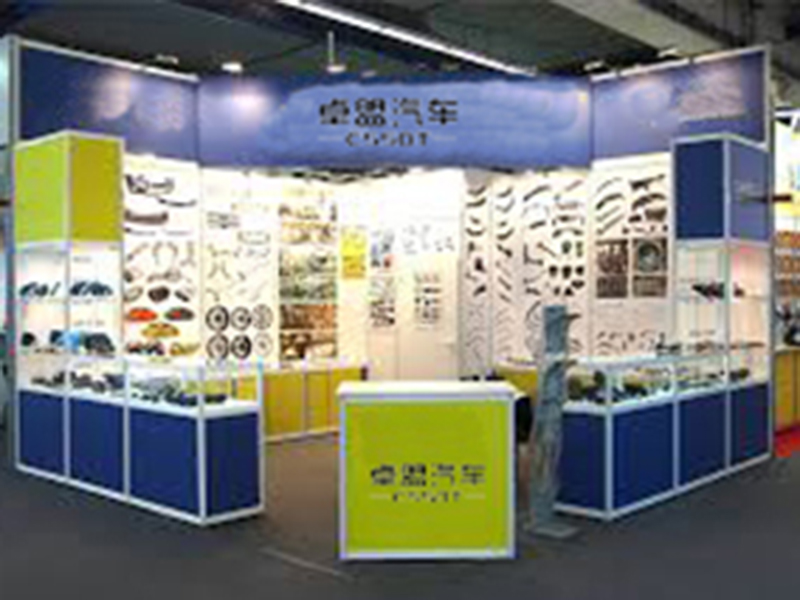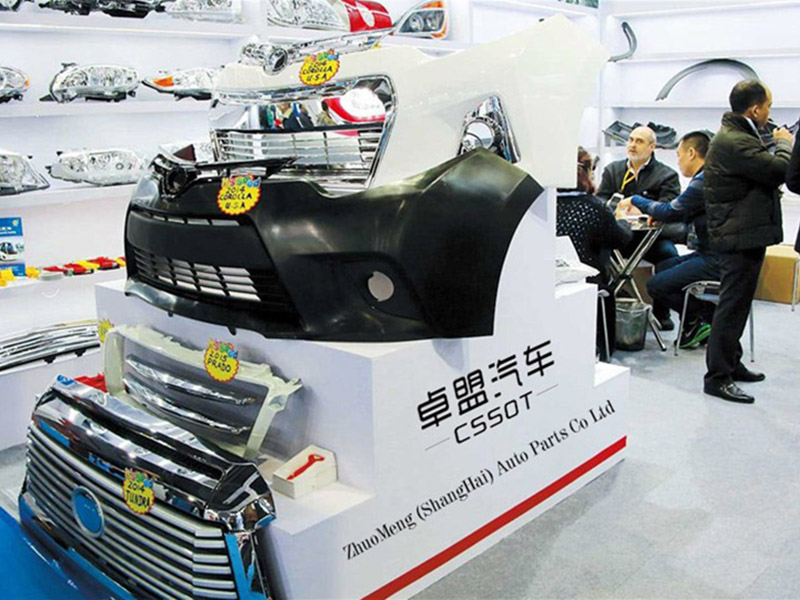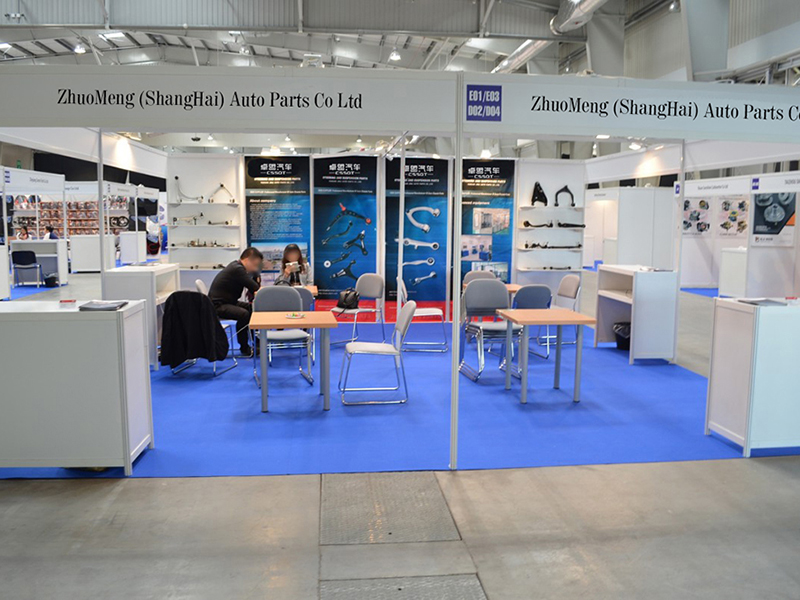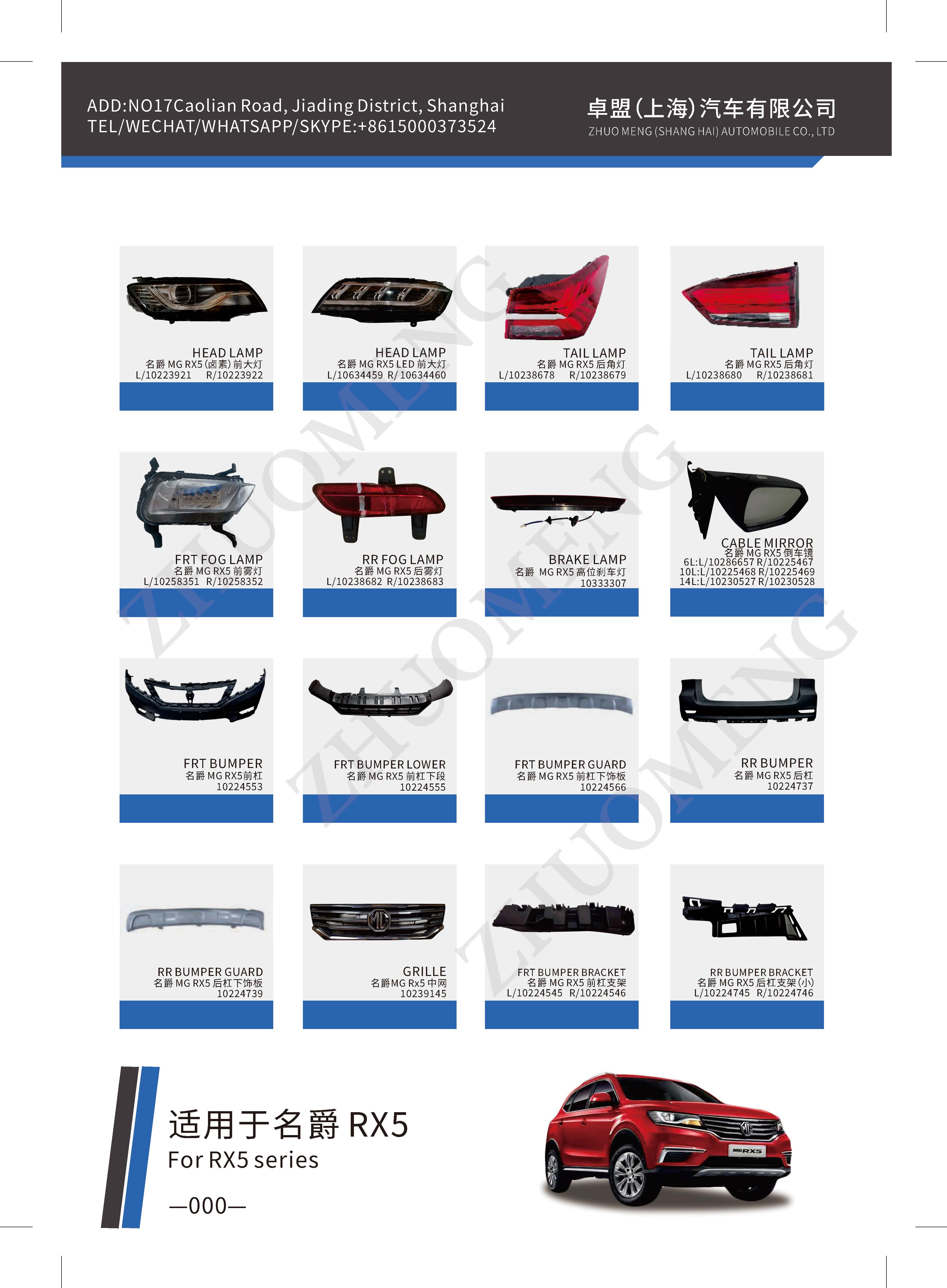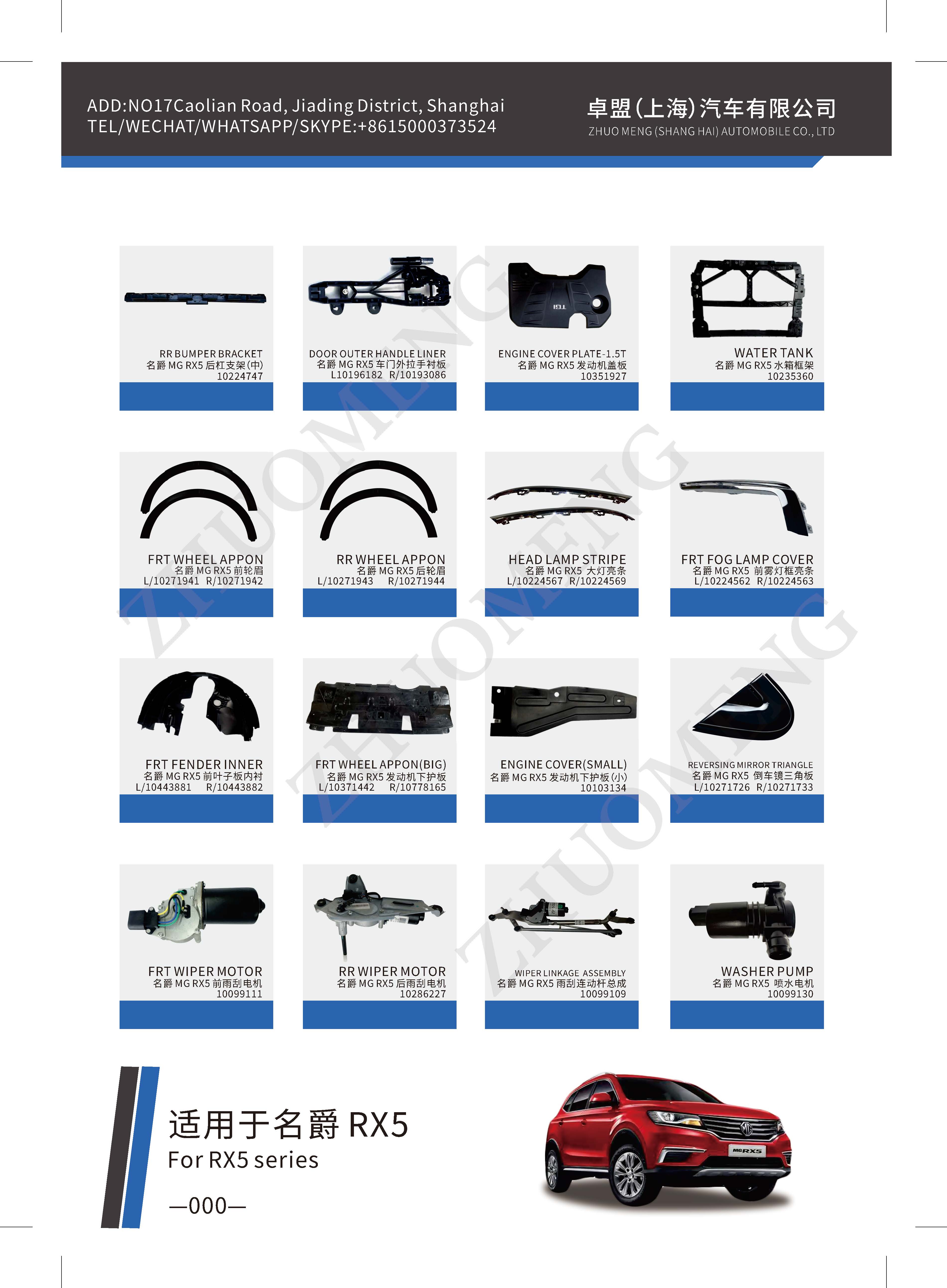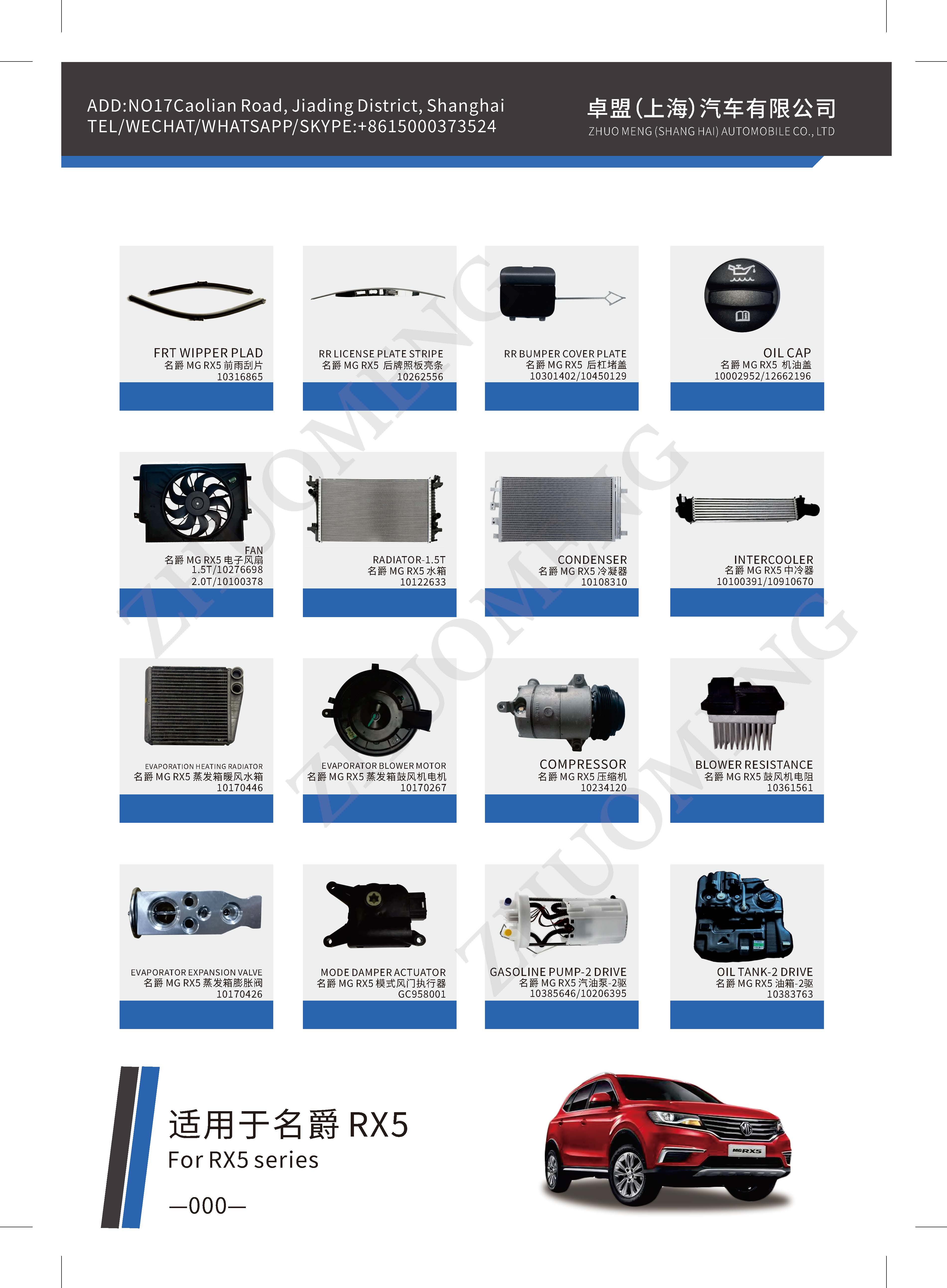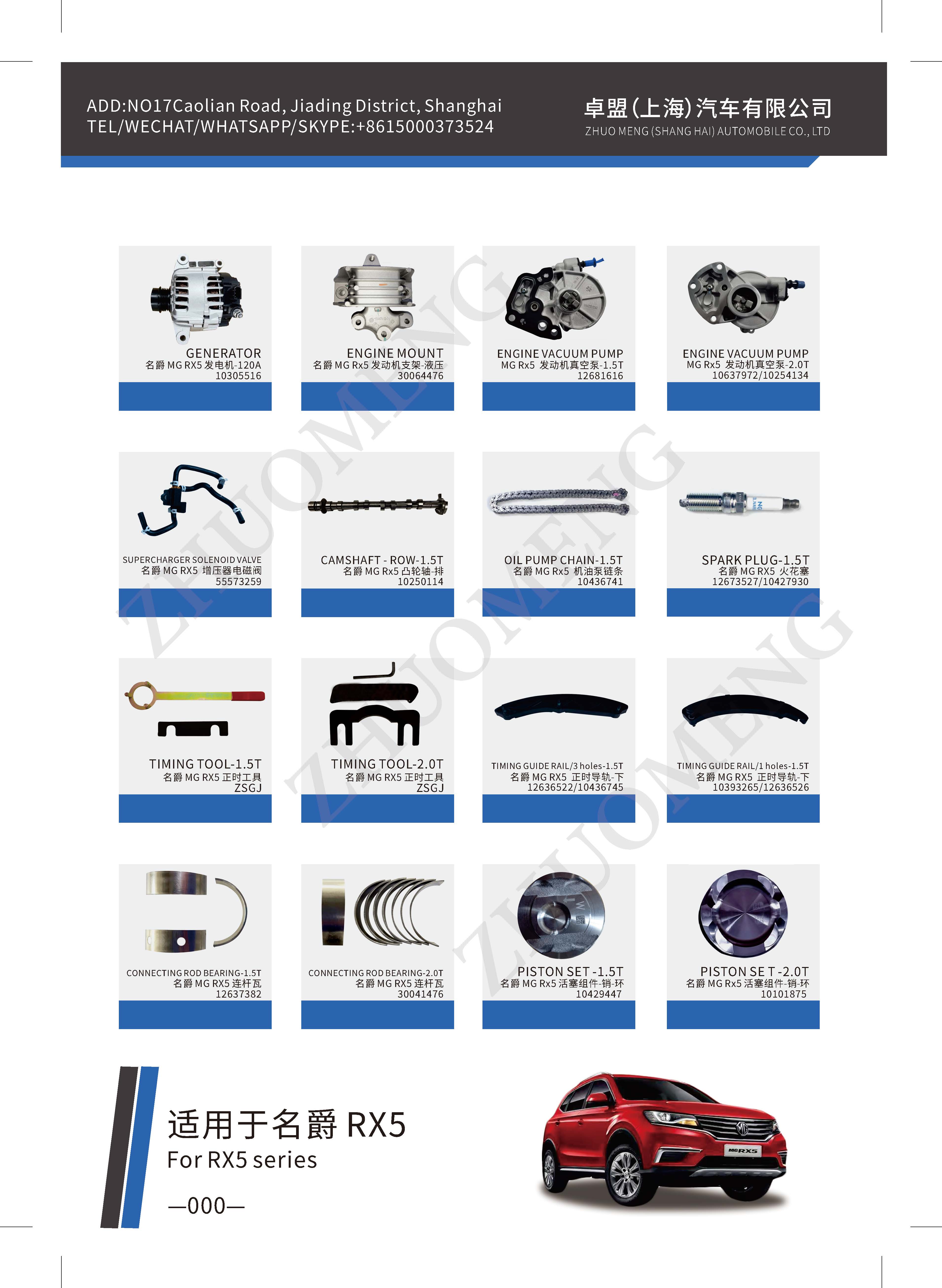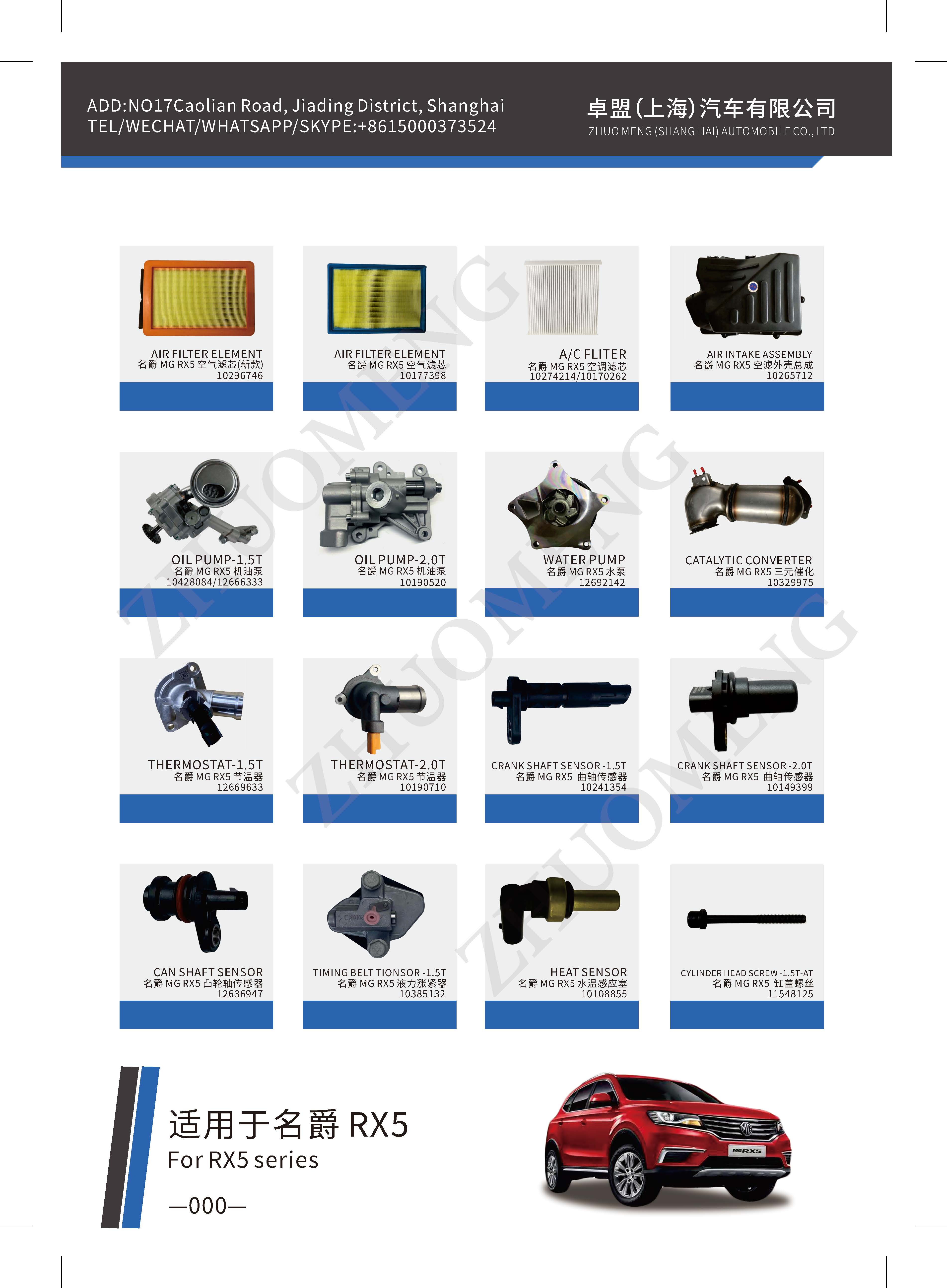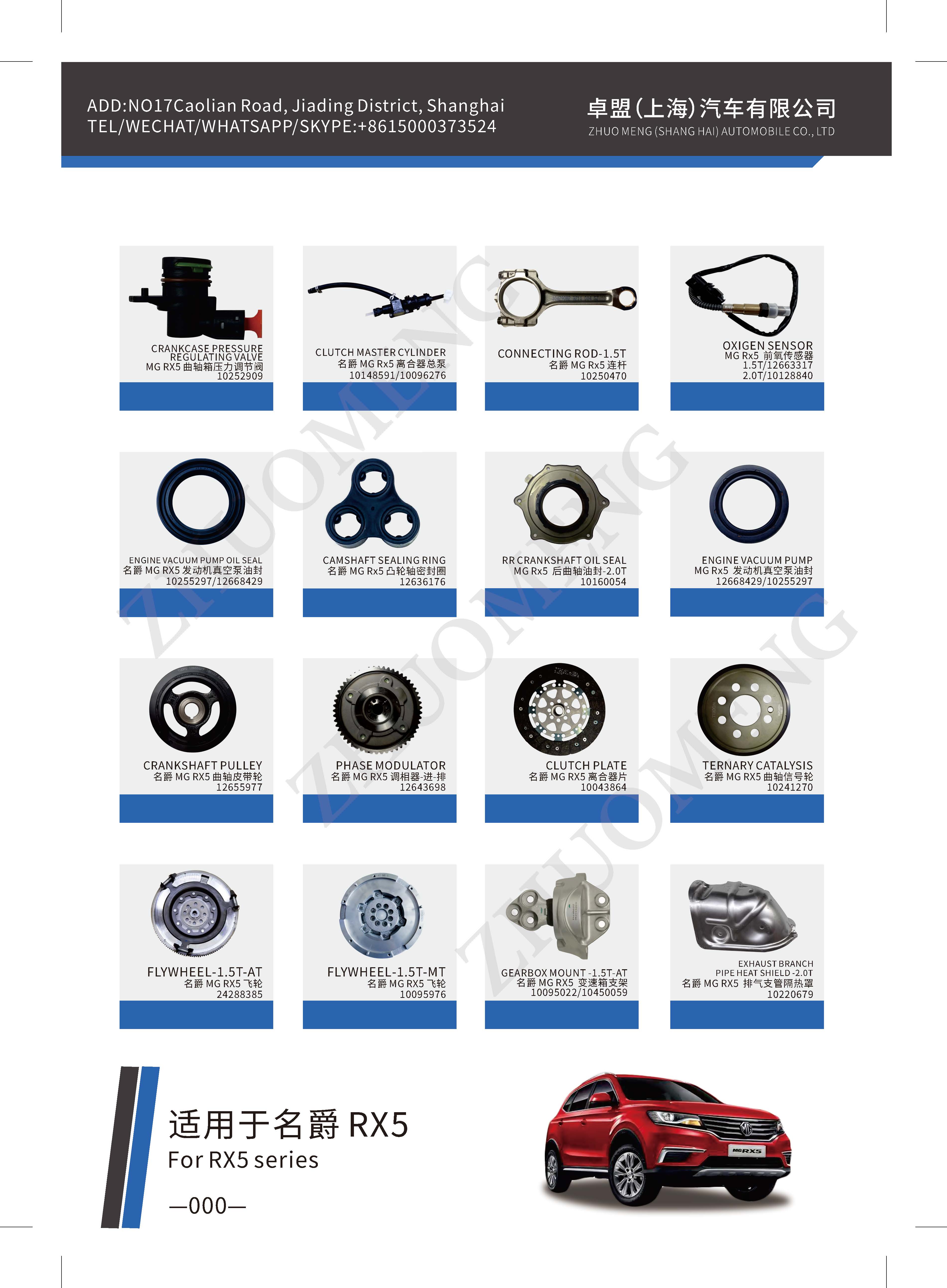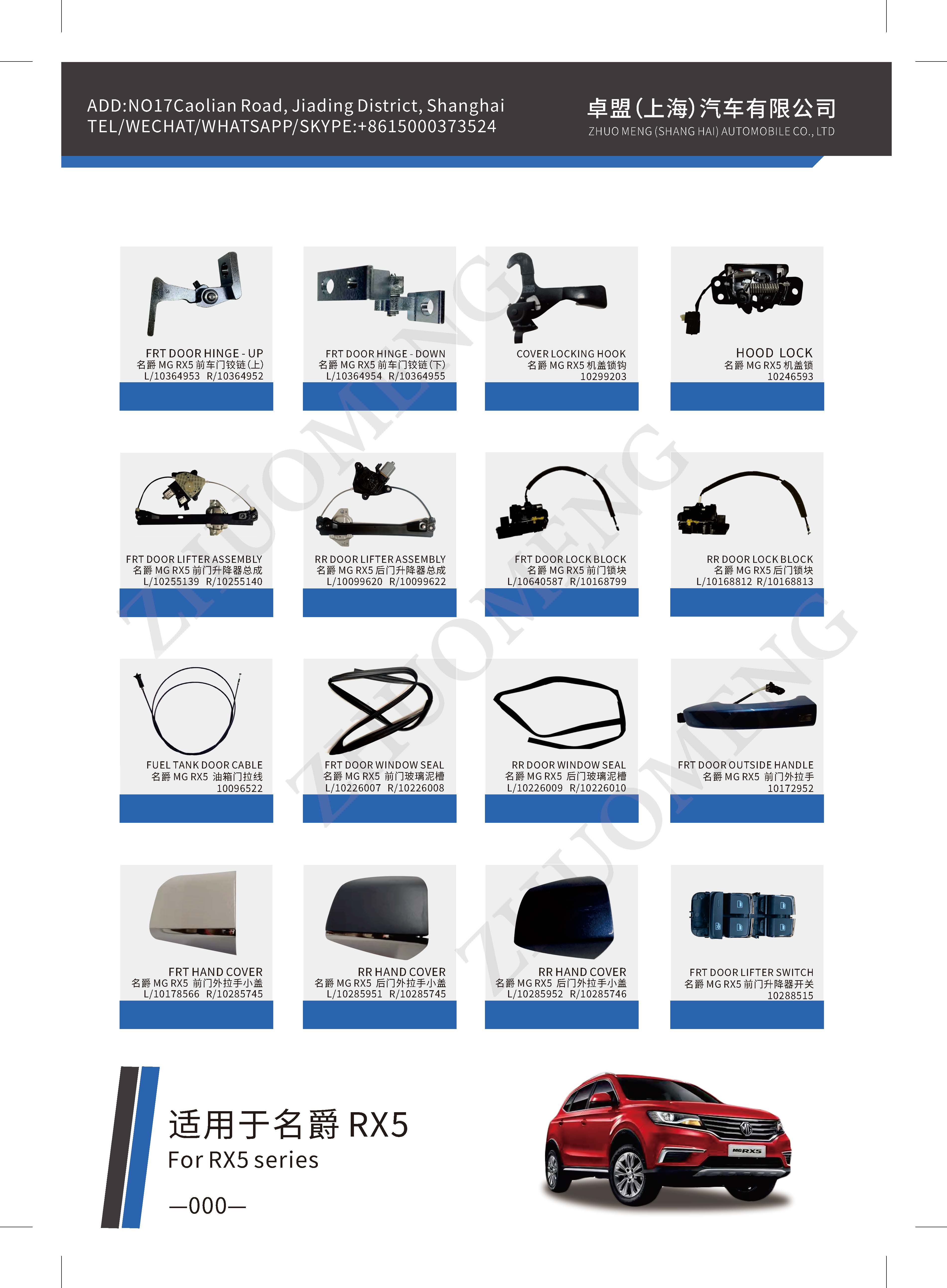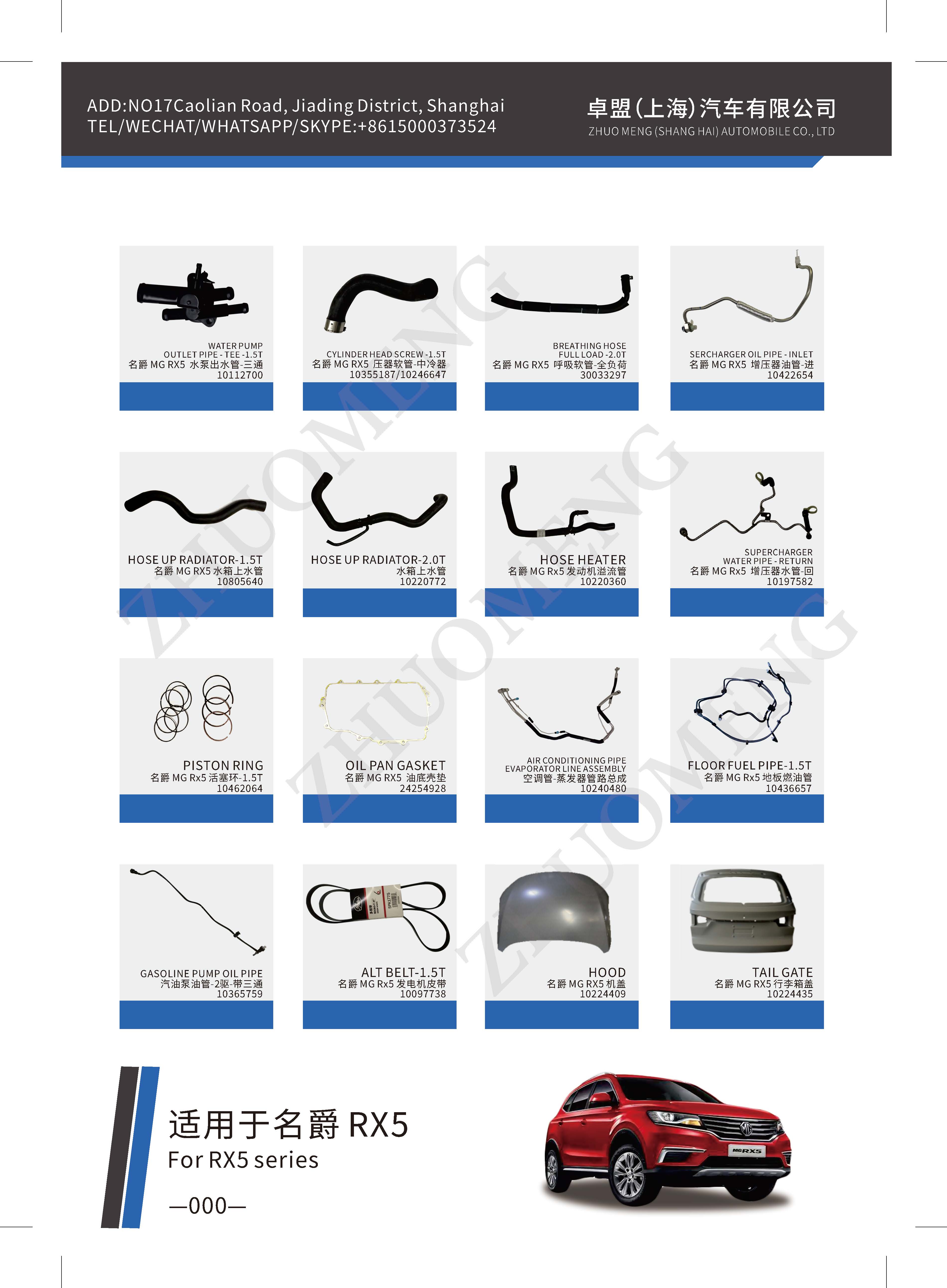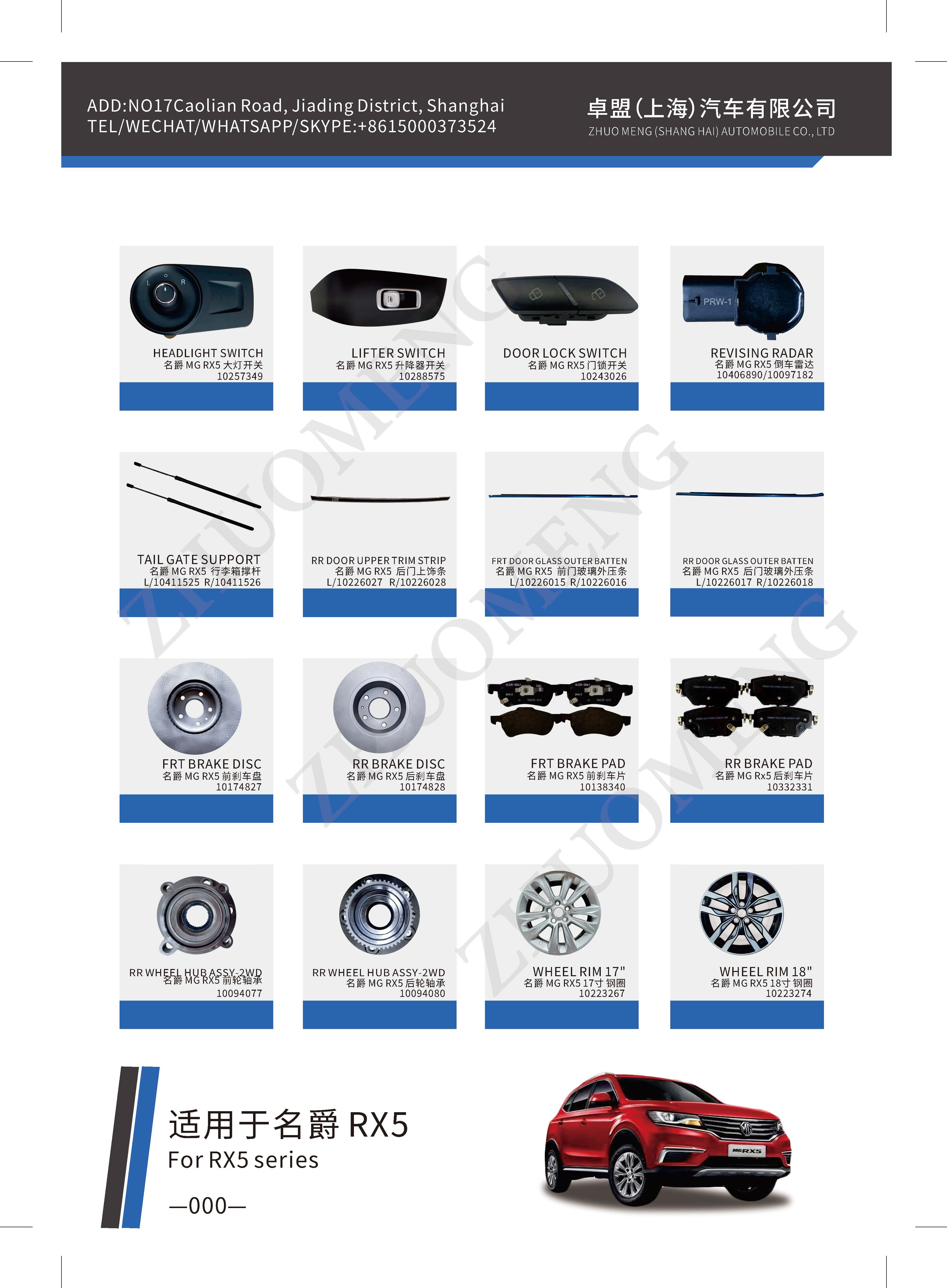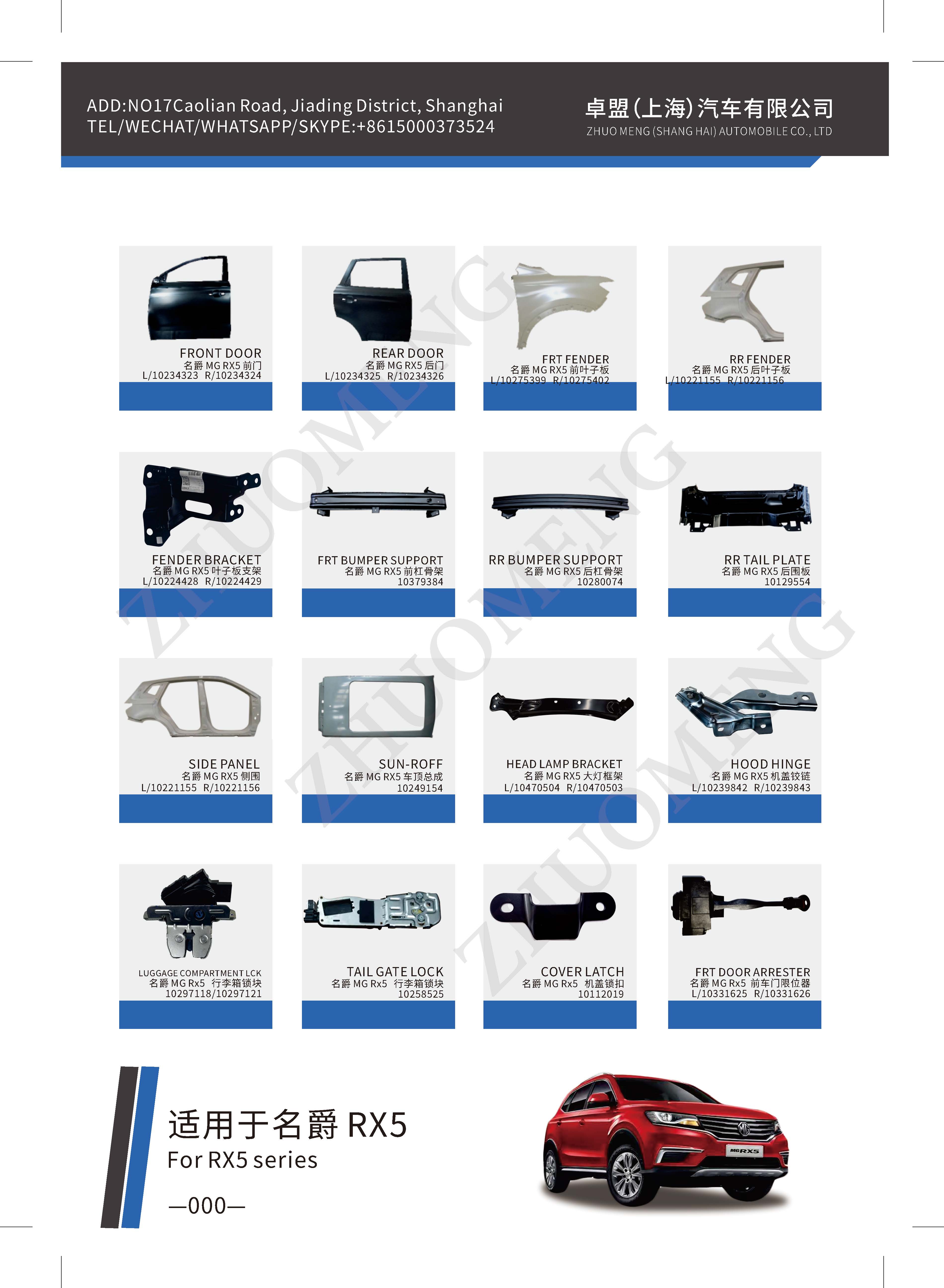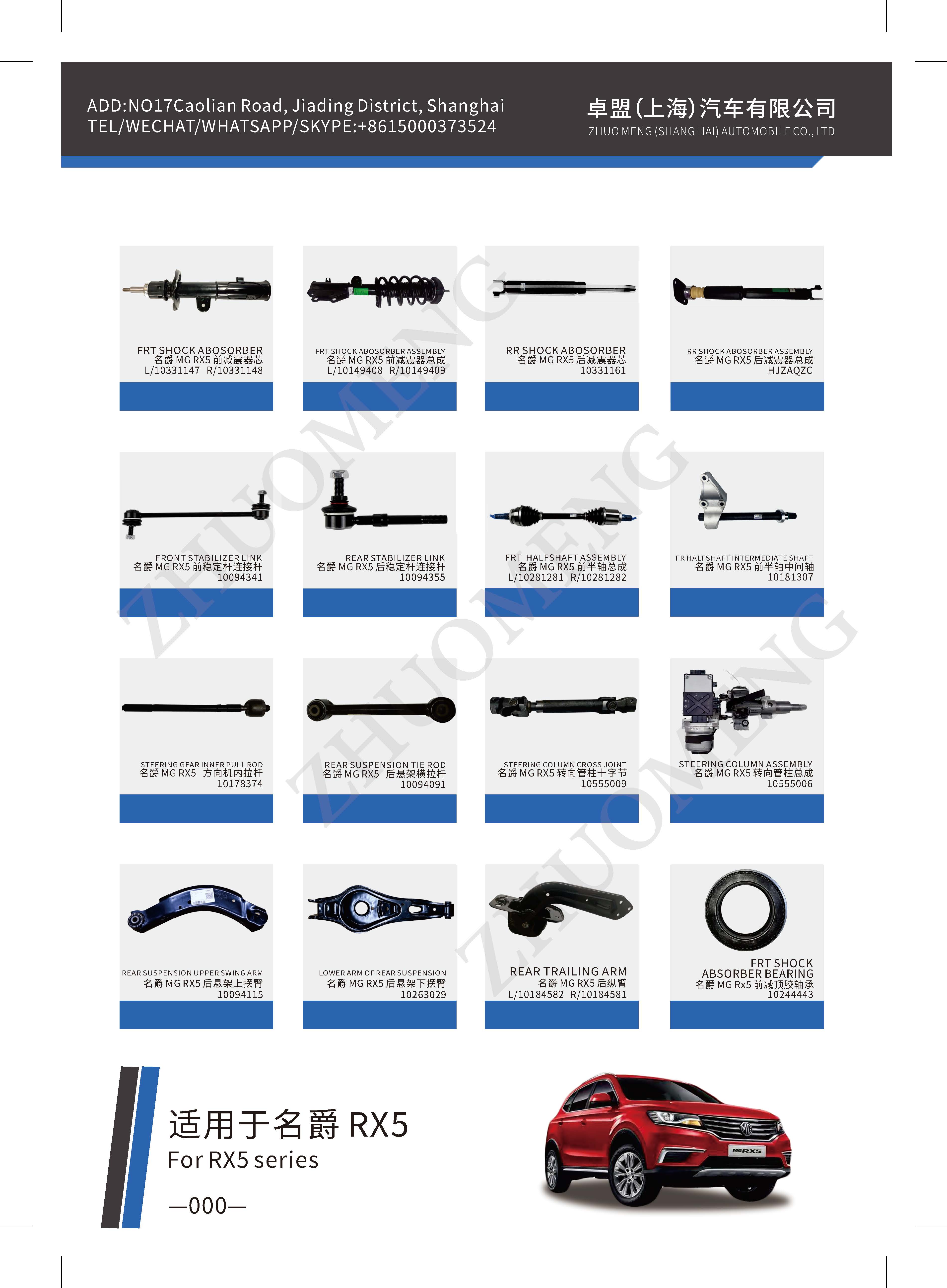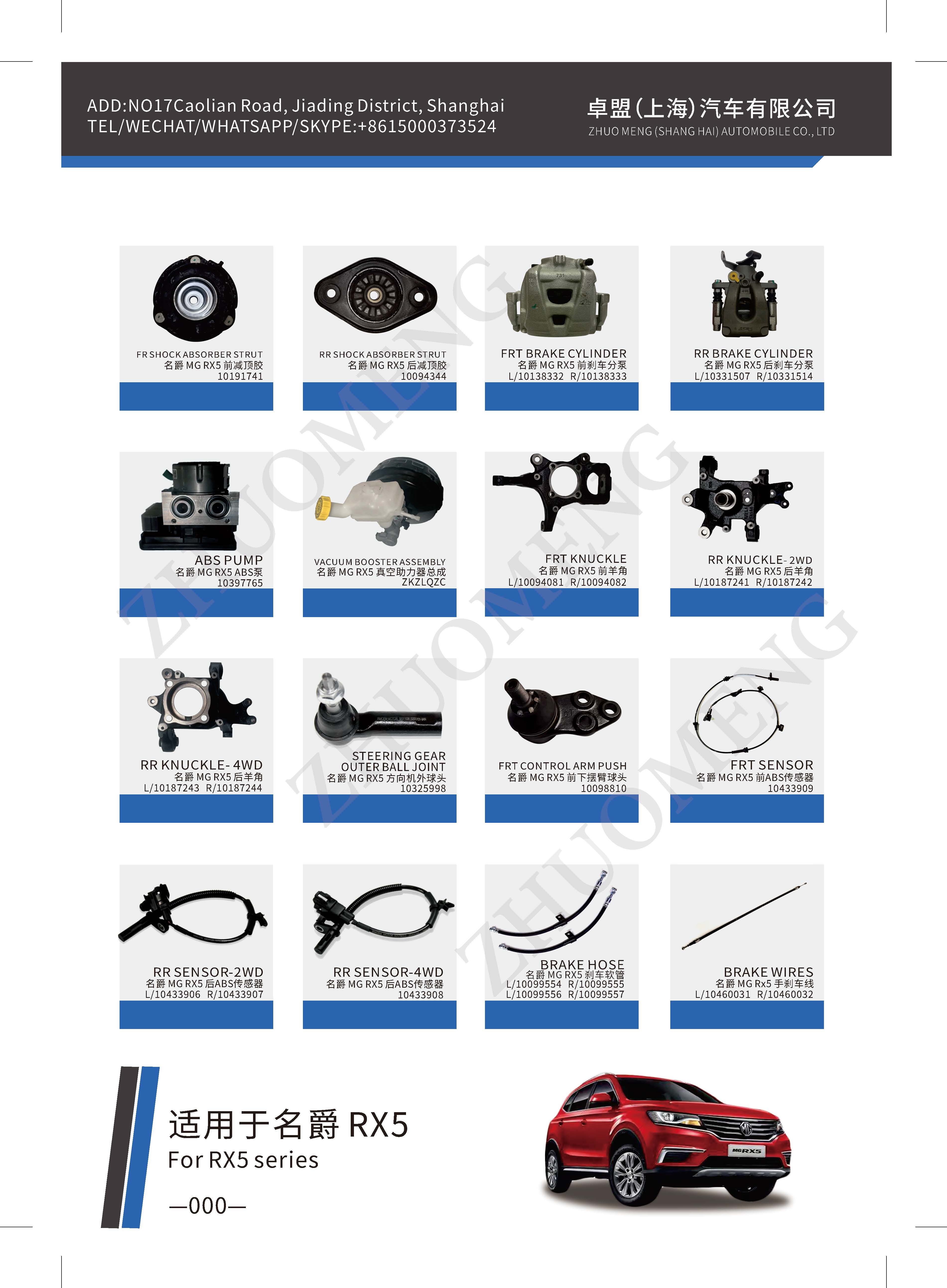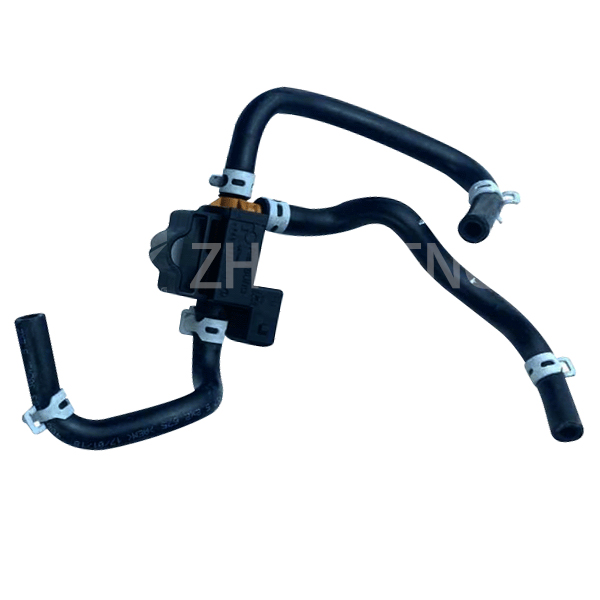Boost pressure limit solenoid valve
The boost pressure limits the action of the solenoid valve
The pressure control of the boost limiting solenoid N75 is controlled via the engine control unit ECU. In turbocharger systems with exhaust bypass valves, the solenoid valve controls the opening time of atmospheric pressure according to the instructions of the engine control unit ECU. The control pressure acting on the pressure tank is generated according to the boost pressure and atmospheric pressure. Exhaust bypass valve to overcome the ammunition pressure, exhaust gas flow separation. Flow from one part of the turbine to the other part of the waste bypass valve into the exhaust pipe in a way that is not used. When the power supply is blocked, the solenoid valve will be closed, and the booster pressure will directly act on the pressure tank.
Principle of booster pressure limiting solenoid valve
The rubber hose is respectively connected with the outlet of the supercharger compressor, the booster pressure regulating unit and the low pressure intake pipe (compressor inlet). The engine control unit supplies power to the solenoid N75 in the working cycle to adjust the boost pressure by changing the pressure on the diaphragm valve of the boost pressure regulating unit. At low speed, the connected end of the solenoid valve and the B end of the pressure limit, so that the pressure regulating device automatically adjust the pressure; In the case of acceleration or high load, the solenoid valve is powered by the engine control unit in the form of duty ratio, and the low pressure end is connected to the other two ends. Therefore, the pressure drop of pressure makes the opening of the diaphragm valve and exhaust bypass valve of the booster pressure adjustment unit decrease, and the boost pressure is improved. The greater the boost pressure, the greater the duty ratio will be.
